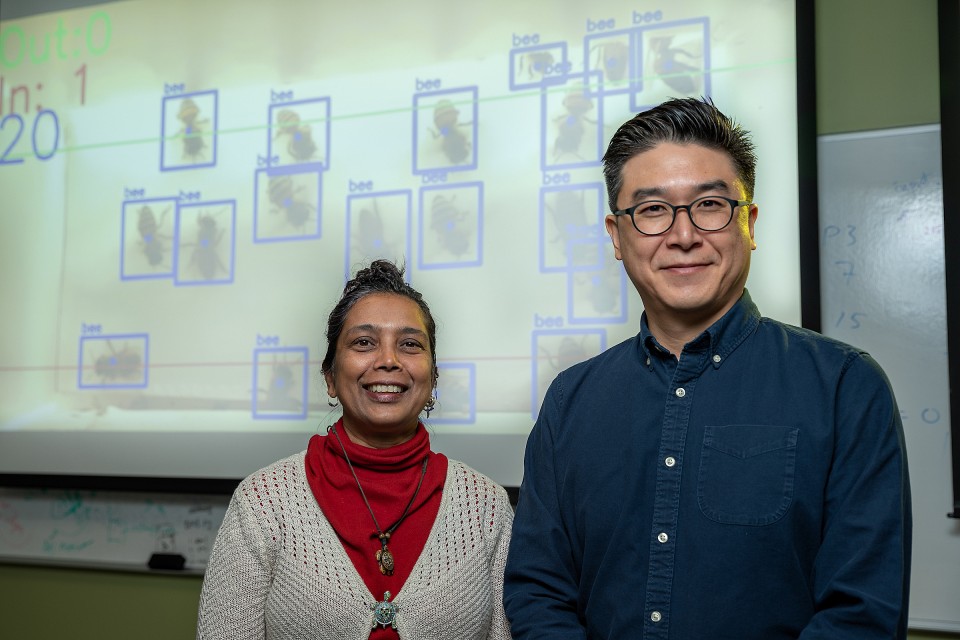Document Type
Article
Publication Date
10-2023
Abstract
We analyze the computational complexity of basic reconfiguration problems for the recently introduced surface Chemical Reaction Networks (sCRNs), where ordered pairs of adjacent species nondeterministically transform into a different ordered pair of species according to a predefined set of allowed transition rules (chemical reactions). In particular, two questions that are fundamental to the simulation of sCRNs are whether a given configuration of molecules can ever transform into another given configuration, and whether a given cell can ever contain a given species, given a set of transition rules. We show that these problems can be solved in polynomial time, are NP-complete, or are PSPACE-complete in a variety of different settings, including when adjacent species just swap instead of arbitrary transformation (swap sCRNs), and when cells can change species a limited number of times (𝑘-burnout). Most problems turn out to be at least NP-hard except with very few distinct species (2 or 3).
Recommended Citation
Alaniz, Robert M., et al. "Complexity of Reconfiguration in Surface Chemical Reaction Networks." arXiv preprint arXiv:2303.15556 (2023).



Comments
© Robert M. Alaniz, Josh Brunner, Michael Coulombe, Erik D. Demaine, Yevhenii Diomidov, Ryan Knobel, Timothy Gomez, Elise Grizzell, Jayson Lynch, Robert Schweller, and Tim Wylie, UTRGV